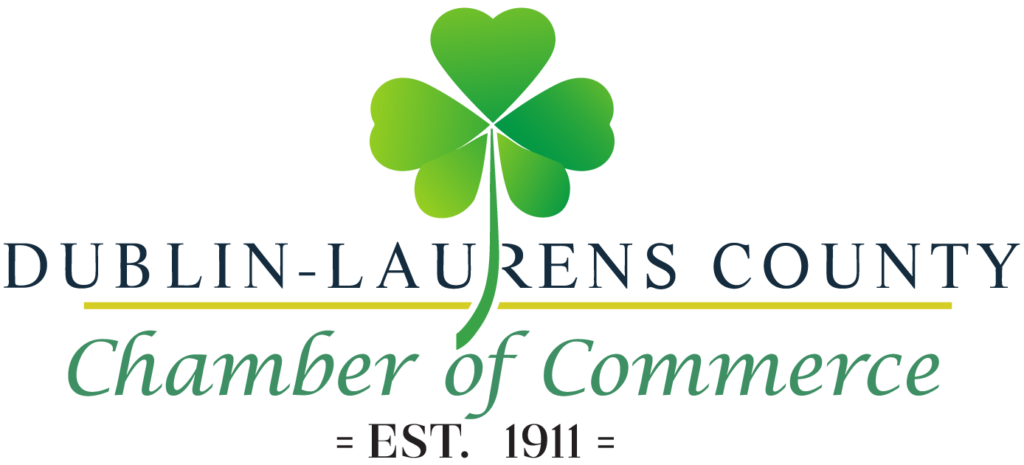In the world of small business, creating an inclusive and accessible environment doesn't always require a full-blown overhaul. Sometimes, small tweaks in your approach can go a long way in ensuring that everyone feels welcome, understood, and valued. Whether it’s enhancing the physical accessibility of your business, improving digital accessibility, or simply being more inclusive in your hiring and customer interactions, there are plenty of ways to make meaningful changes without a huge financial investment.
Implement Simple Physical Accessibility Enhancements
Accessibility starts the moment someone walks through your door, and even small changes can have a big impact. Simple no- and low-cost accessibility solutions can help ensure your space meets ADA standards and serves a broader audience. Start by ensuring that your physical space is accessible to people with mobility challenges. Installing ramps and making sure doorways are wide enough for wheelchairs or strollers is an easy fix. Beyond that, simple things like making sure aisles are clear and that signage is visible and high-contrast can go a long way in helping people navigate your space. These changes are often low-cost but go a long way in creating an environment where everyone feels welcome.
Leverage Audio Translation Features to Bridge Language Gaps
One of the easiest ways to bridge the gap for customers who speak different languages is by implementing audio translation features into your service offerings. You don’t need to hire bilingual staff members or revamp your entire operation to accommodate every language. Instead, a simple translation tool can make a world of difference for inclusivity. This is useful for real-time translation of spoken language, making it easier to communicate with customers who might not speak the same language as your staff. It offers a seamless way to connect with your customers without requiring a major overhaul.
Foster an Inclusive Workplace Culture
Inclusivity isn’t just about physical or digital changes; it’s about creating a work culture that embraces diversity in all forms. Creating a diverse and inclusive workplace can have lasting positive effects on your team and your business as a whole. Start by educating your employees about diversity, equity, and inclusion. Training your team on unconscious bias and the value of inclusion in the workplace can go a long way toward building a welcoming environment for everyone. When your team understands the importance of diversity, it not only helps with retention but also creates a more positive experience for customers. After all, employees who feel valued and included are more likely to extend that same treatment to your customers.
Regularly Evaluate and Update Accessibility Practices
Creating a more inclusive and accessible business is a process, not a one-time fix. Regularly evaluate your accessibility practices to identify areas where you can improve. Sometimes, it’s as simple as gathering feedback from customers and employees to find out where things can be made more accessible. You might be surprised by the insights people provide when they feel comfortable sharing their thoughts. As an ongoing effort, ensure that you're up-to-date with the latest ADA compliance for small businesses and that you’re continuing to meet or exceed the standards for accessibility. Keeping these practices updated will help ensure you're meeting the needs of all your customers.
Leverage Online Accessibility Features for Customer Interaction
Your website is the front door to your business for many people, and it should be accessible to all. By offering key web accessibility features, you not only improve the customer experience but also show that you're committed to accessibility. Features like text-to-speech, voice navigation, or even custom text sizes can help customers with visual impairments or mobility challenges better engage with your online services. Small improvements to your site can enhance accessibility, ensuring all customers can easily navigate and interact with your digital presence.
Create Accessible Marketing Materials
Marketing is a key part of growing any small business, but if your materials aren’t accessible, you could be leaving out a large portion of your audience. Focus on creating essential marketing materials that are not only inclusive but also effective. Simple changes to your marketing materials, such as using high-contrast colors for readability or offering audio or alternative text versions of digital content, can make your marketing much more inclusive. Think about how your flyers, brochures, websites, or digital ads are presented. Are they easy for people with various disabilities to read and understand? By focusing on making your marketing materials more accessible, you can reach a wider audience and communicate your message more effectively.
Making your small business more inclusive and accessible doesn’t always require a massive overhaul. By starting with small, manageable changes, you can significantly improve the experience for all your customers—whether they’re walking through your door or visiting your website. From enhancing physical accessibility to using innovative tools to bridge language gaps, there are plenty of options to help make your business a more inclusive place. These changes will not only help your business grow but also create a community where everyone feels welcome and valued.

